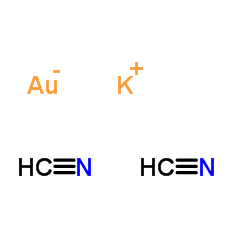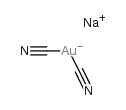| Structure | Name/CAS No. | Articles |
|---|---|---|
 |
Potassium dicyanoaurate
CAS:13967-50-5 |
|
 |
gold(i) cyanide
CAS:506-65-0 |
|
 |
sodium dicyanoaurate(1-)
CAS:15280-09-8 |